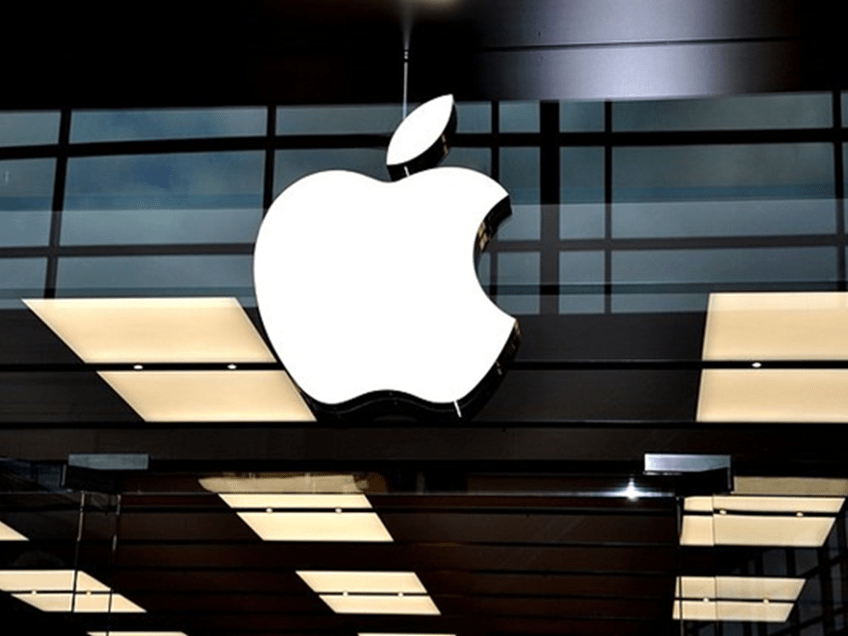This website uses cookies so that we can provide you with the best user experience possible. Cookie information is stored in your browser and performs functions such as recognising you when you return to our website and helping our team to understand which sections of the website you find most interesting and useful.
With Apple products being so pervasive in our lives, it is easy to appreciate the volumes of data available to collect and analyse. The Apple collection of products is hugely impressive and includes smart watches, phones, tablets, laptops, and desktops and they are able to able to adjust their offerings based on the immense quantity (and quality) of data available. But it wasn’t always this way.
After Steve Jobs left Apple in 1985, the company became rudderless and lost direction. They developed products that were instantly out of date, leaving Microsoft to spend the nineties as the clear winner in home computing. When Jobs returned to Apple in 1995, his first order of business was to create product strategies based on simplicity and user experience and for that he needed data. Lots and lots of data!
“Create product strategies based on simplicity and user experience”
Now, the secret ways in which Apple use their big data are closely guarded (and rightly so), however, over the years people have been able to figure out how they have applied data to change and significantly improve their business strategies. When Jobs returned to Apple the focus wasn’t purely on design and experience; the products that they subsequently produced have also been excellent at capturing data.
The Apple Watch, an example of wearable technology, is the latest in the line of data capture tools (apologies, we mean innovative, next-generation tech). Along with the usual information collected from an iPhone, the Apple Watch also collects the health-related data of a user with a view to improving the health and lifestyle of wearers. In fact, so much potential has been seen in the Apple Watch, that IBM have now partnered with Apple to further make use of the wealth of health information made newly available to them.
Siri has been vitally important in helping Apple move forward with a number of key strategies. Understanding what people want and search for, when they want it and for what purpose has opened our lives (and our data) to Apple like never before and, with the very recent announcement that Apple will be opening Siri up to third-party developers, the tech giant will soon be able to capture data on how and when people use Uber, SnapChat, Skype and a whole lot more. This new glut of information will further help Apple to determine what products should be developed and released in the near and distant futures, to improve their current offerings and decide what should be dropped from their innovative line of creations.
“Understanding what people want and search for, when they want it and for what purpose has opened our lives”
How does all of this apply to recruitment? It’s simple really; recruiters, and especially in-house recruiters, have a huge amount of data at their fingertips, only they don’t always know how to use it. How do people apply for jobs? Where do they apply? At what stage do people drop-off from the application process? And where do people arrive at adverts from? An amazing amount more of information is ready to be analysed and acted upon but is anyone making the most of it? The short answer is no, very few recruiters, whether they be in-house or agency, make use of the data that they collect.
‘Very few recruiters, whether they be in-house or agency, make use of the data that they collect”
Where’s best to spend your advertising budget? The answer that most will give will include one or more of the top-five job boards without any consideration as to why; it’s a reflexive reaction and not one based on analysis and strategic planning. Analysis and strategic planning are the cornerstones of business growth and, without either, recruiters have a terrible habit of sticking to what they think they know is best. Old habits may fill a few vacancies, but new, data-rich and analysis-based habits will fill many more.
With Broadbean’s Data Analytics dashboard, all of your data is in one place. Report on spend, activity and effectiveness from across your talent acquisition function.



